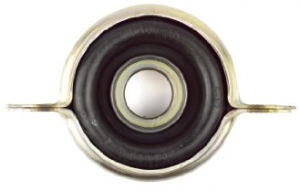-
Welcome to Tacoma World!
You are currently viewing as a guest! To get full-access, you need to register for a FREE account.
As a registered member, you’ll be able to:- Participate in all Tacoma discussion topics
- Communicate privately with other Tacoma owners from around the world
- Post your own photos in our Members Gallery
- Access all special features of the site
2nd Gen Tacoma Intermediate Steering Shaft Replacement and Review
Discussion in '2nd Gen. Tacomas (2005-2015)' started by fast5speed, Apr 18, 2018.
Page 1 of 2
Page 1 of 2


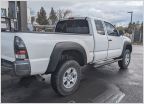 Just got a used 2007 Tacoma 4cyl, 5speed, 4x4 - How did I do? Here's what I have planned for it!
Just got a used 2007 Tacoma 4cyl, 5speed, 4x4 - How did I do? Here's what I have planned for it! Black Headlights on amazon
Black Headlights on amazon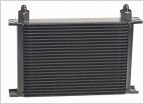 2nd gen towing
2nd gen towing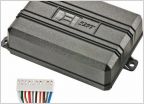 2012 Automatic Windows Down AND Up?
2012 Automatic Windows Down AND Up? LCA
LCA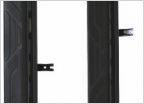 Stupid question - running boards.
Stupid question - running boards.
































































